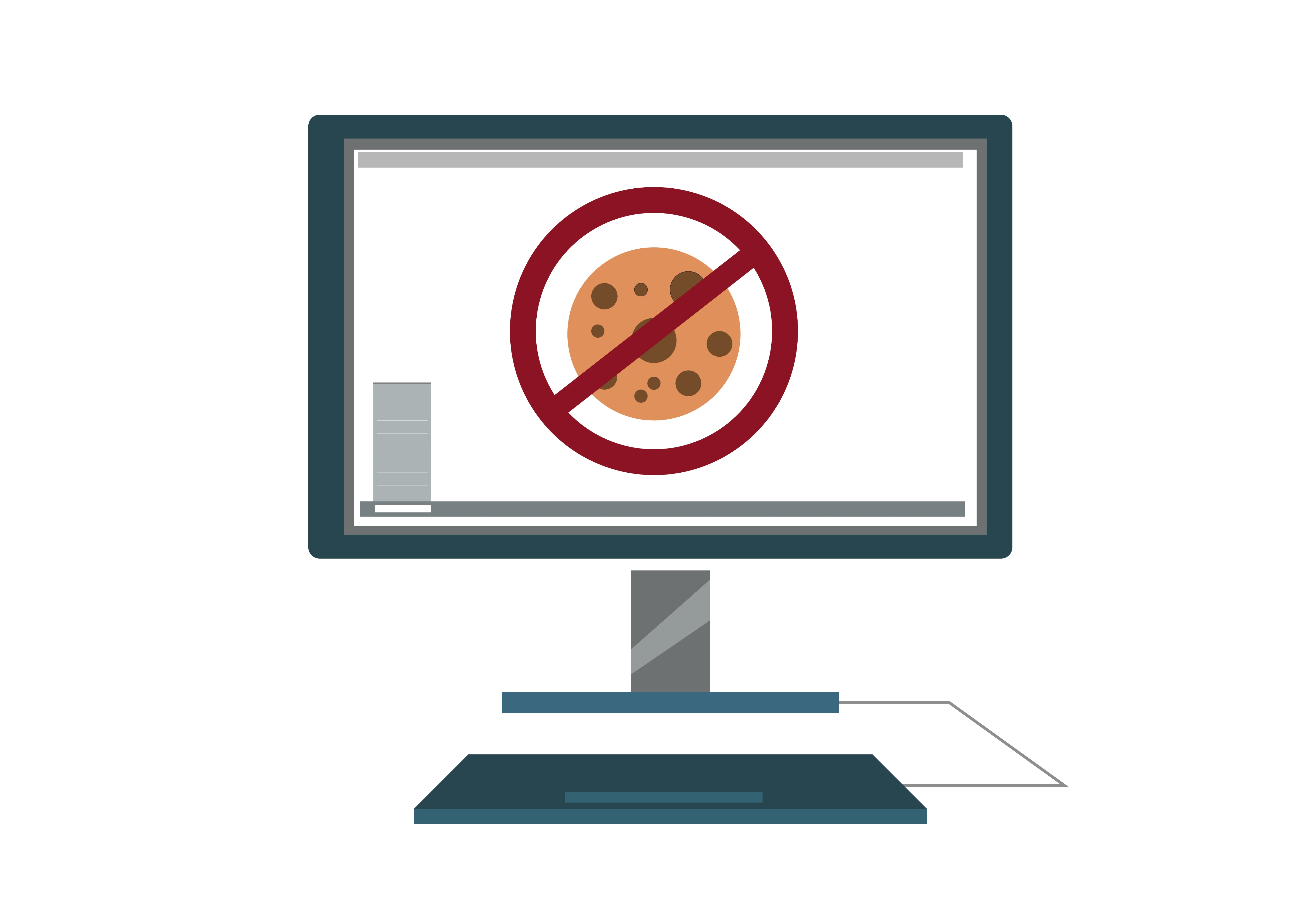
Member Article
Unified IDs - the post-cookies choice for digital advertisers and marketers
For years, B2B marketers have leveraged data from third-party cookies to help drive their targeted campaigns. The reason being that cookies allow third parties to identify visitors and see which websites they’ve previously been to, providing a deeper understanding of their relevance.
However, it has long been known that Google is pulling the plug on cookies, even if it has been postponed. As such, more and more people are opting out of cookies and browsers such as Firefox and Safari have already blocked tracking cookies by default. Even Google itself has announced that it won’t roll out alternative user-level ad identifiers as a replacement for third-party cookies, making cookies a null and void entity, long before the deprecation deadline.
As such, it’s time for B2B marketers to find a future-proof MarTech solution, such as intent data, that does not rely on cookies. Yet can provide the same, if not better, existing and prospective customer insights on a long-term basis. Unified IDs could be the answer…
Unified IDs and the answers they provide
Due to the services they provide and how ubiquitous they are, the likes of Google, Facebook and Amazon are known as “walled gardens”. They have a lot of 1st party data to track and engage with users, but we can’t access it.
So, for the rest of us in the digital advertising and marketing industry, it’s a little more complicated. Not to worry, there is a solution - Unified IDs.
Created by advertising consortiums, unified IDs are an identity solution which allow advertisers to recognise and track users across multiple platforms – much like 3rd party cookies, but without the need for cookie syncing and with stricter privacy controls in place.
Unified IDs often work by requiring a single sign-on. This means that when a user visits a publisher’s website and provides their email address and consent, then they opt-in to receive targeted advertising across all the websites that belong to all the publishers who have a unified ID network.
Why Unified IDs are better than cookies
Browsers have already started phasing out 3rd party cookies, with Safari and Firefox only allowing 1st party cookies and Chrome due to do the same in 2023. This, however, is not the case for unified IDs, which will remain a viable option.
Online users are becoming a lot more digitally savvy, especially when it comes to cookies and privacy. They are more guarded about their personal data, more selective, and do not provide consent as easily as they did before, particularly when it comes to 3rd party cookies.
Furthermore, online users aren’t the only ones who are selective - because publishers bear the responsibility and hard work of cookie syncing, they too are careful about whom they collaborate with. Unified IDs don’t require constant syncing, which means a reduced workload for publishers and a chance for advertisers to support each other as opposed to walling themselves off.
Finally, regulations like GDPR and CCPA mean marketers and the digital advertising industry must no longer rely on 3rd party cookies to reach and build audiences. It’s not only in the best interests of users, but businesses as well. What the industry needs is a better, unique and anonymous means by which to identify users – thereby transforming the industry to become more “consumer focused” so that user experience leads the way. Unified IDs are part of that transformation.
Overall Benefits of Unified IDs
Unlike cookies, which have a relatively short-term shelf life, unified IDs have a longer in-life user identification period. This makes it much easier to build audiences consistently over time and analyse behaviour trends and activation outcomes.
Unified IDs represent a personal, static, exchangeable and interoperable identifier for each user, taking into account their multiple devices. Unified IDs also happen to work in an “omnichannel” manner. This means they provide multi-device functionality and knowledge. So in addition to traditional B2B channels, it is likely intent behaviour capture and activation will take place from newer channels like SmartTVs, wearables and more.
There is a strong possibility that the use of unified IDs will translate into more reliable user identification and improved audience match rates. This improved accuracy and match rates will be a direct result of publishers and tech vendors expanding their UID network. And because of this, customer campaigns will yield much better results from increased engagement outcomes and an improved quality of intent signals.
This was posted in Bdaily's Members' News section by Jon Clarke .




 test article 123456789
test article 123456789
 hmcmh89cg45mh98-cg45hm89-
hmcmh89cg45mh98-cg45hm89-
 test456456456456456456
test456456456456456456
 test123123123123123123
test123123123123123123
 test xxxdiosphfjpodskhfiuodsh
test xxxdiosphfjpodskhfiuodsh
 Savour the flavour: North Tyneside Restaurant Week returns for 2024
Savour the flavour: North Tyneside Restaurant Week returns for 2024
 Six steps to finding the right buyer for your business
Six steps to finding the right buyer for your business
 Stephen signs off on a special night
Stephen signs off on a special night
 Life’s a Peachaus: Gillian Ridley Whittle
Life’s a Peachaus: Gillian Ridley Whittle
 Making a splash: Phil Groom
Making a splash: Phil Groom
 Making workplace wellbeing a priority
Making workplace wellbeing a priority
 A record of delivery, a promise of more: Ben Houchen
A record of delivery, a promise of more: Ben Houchen